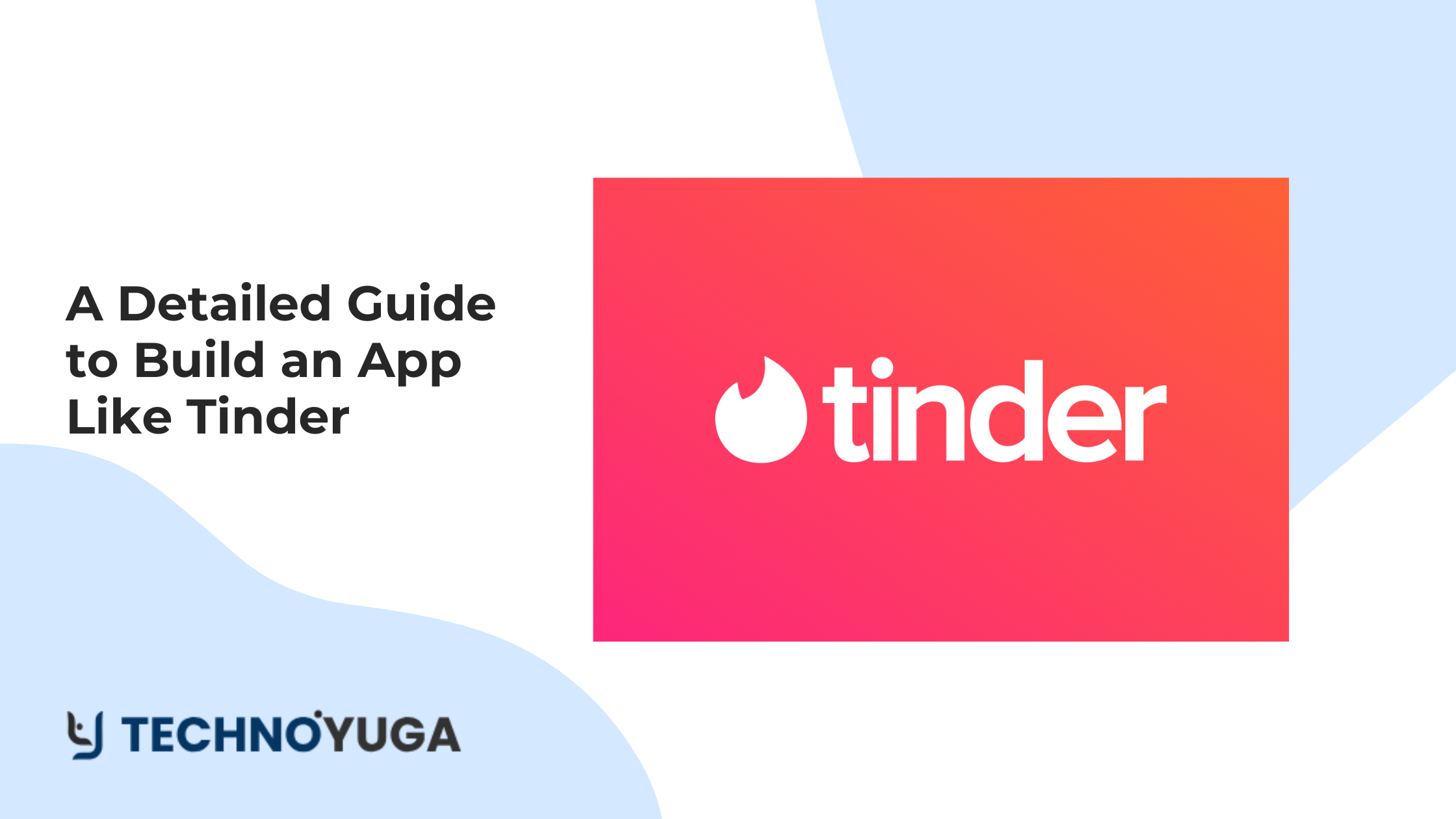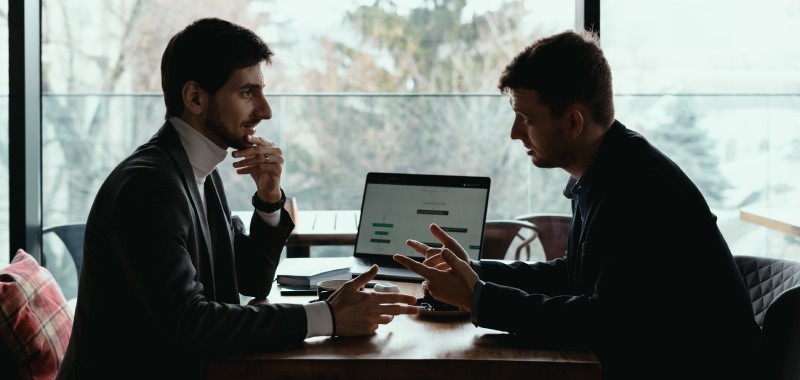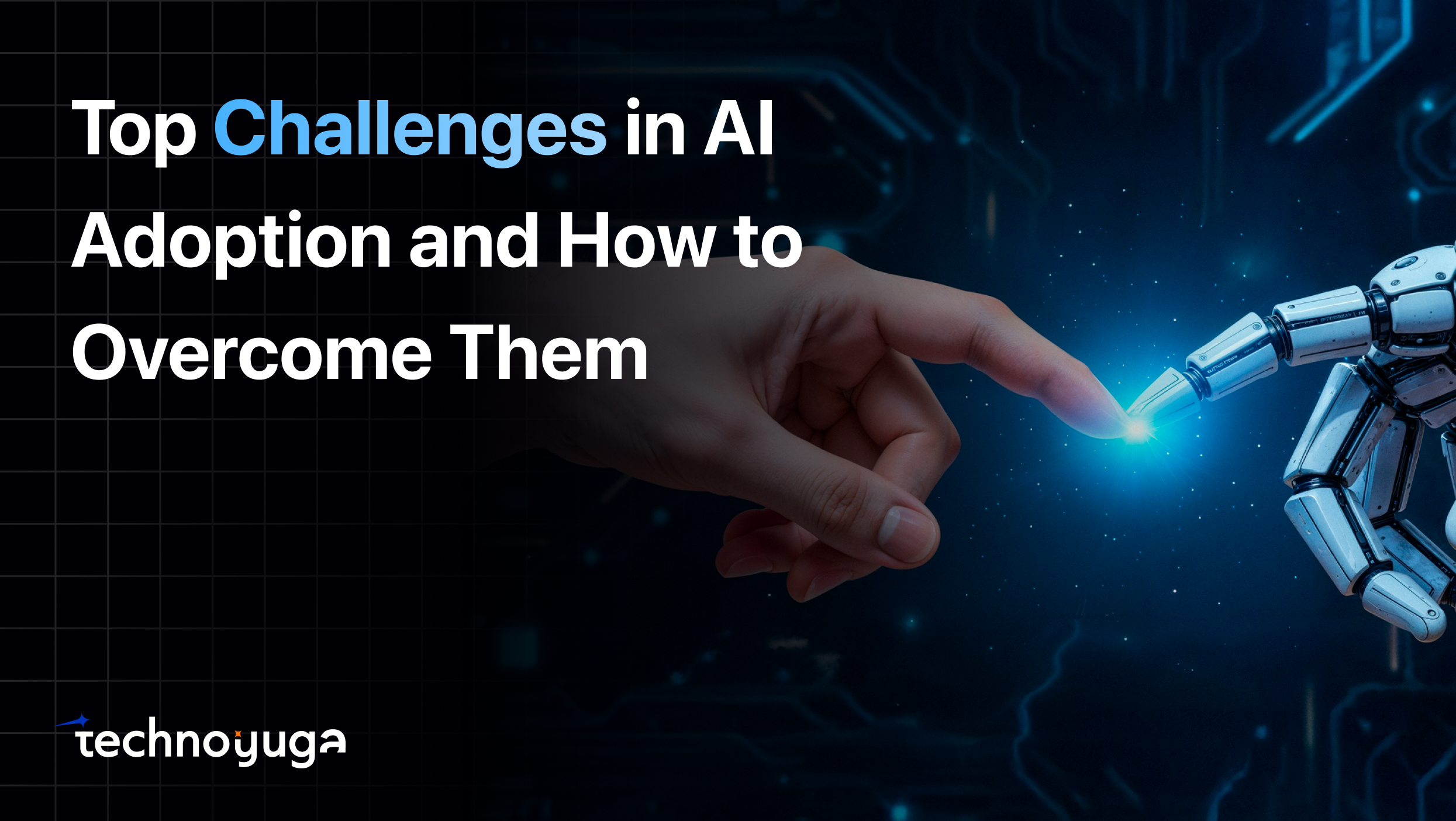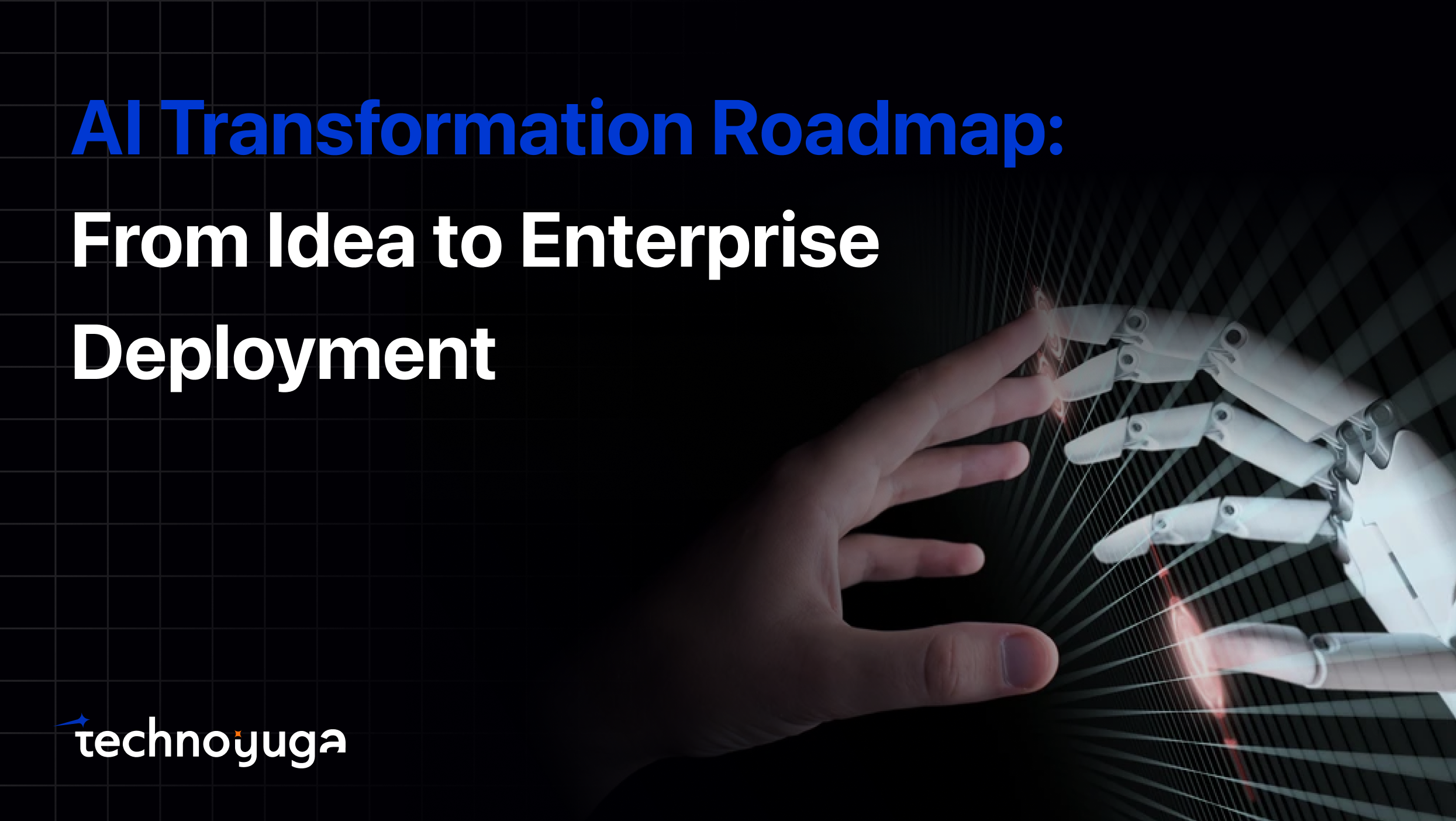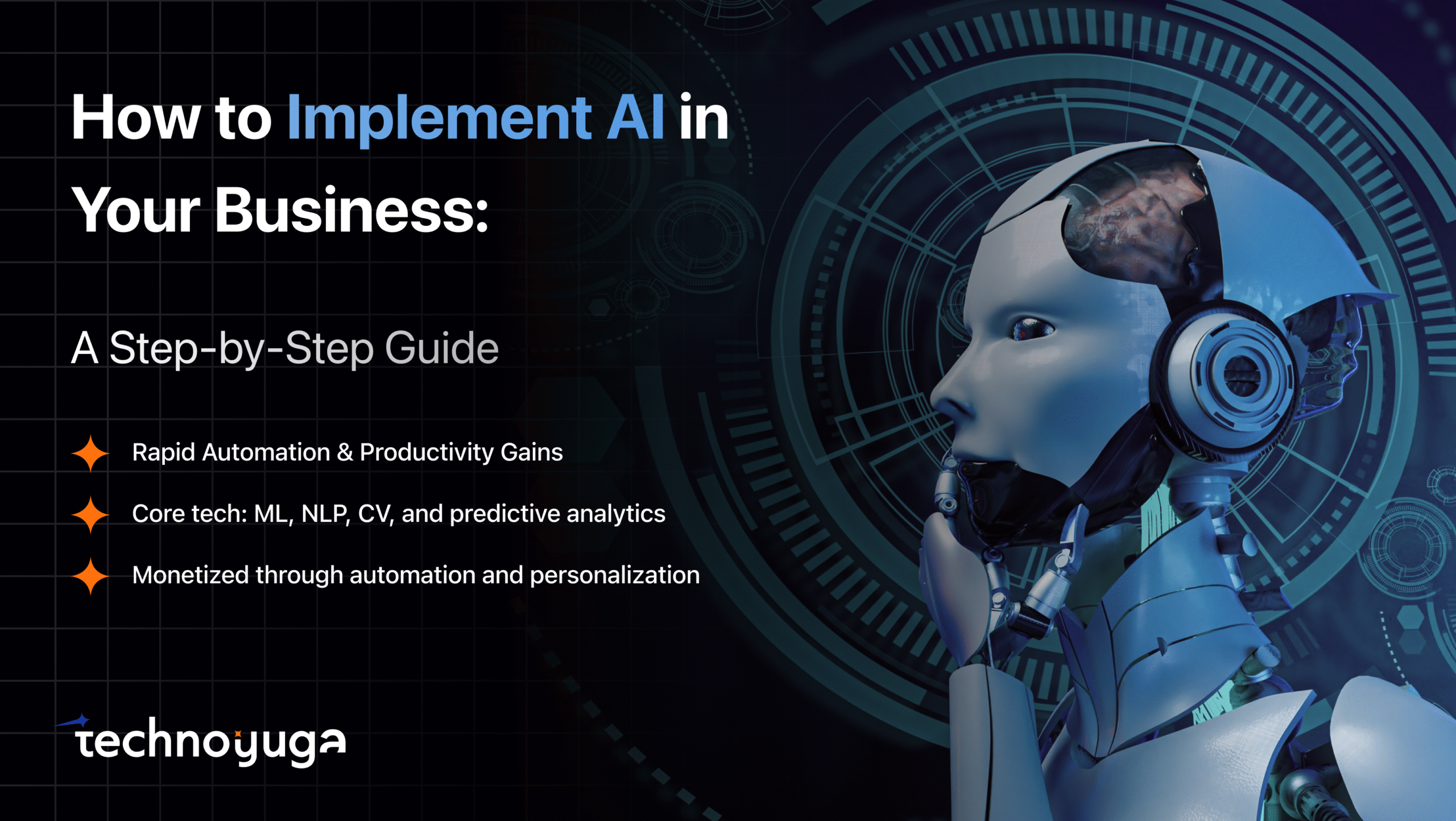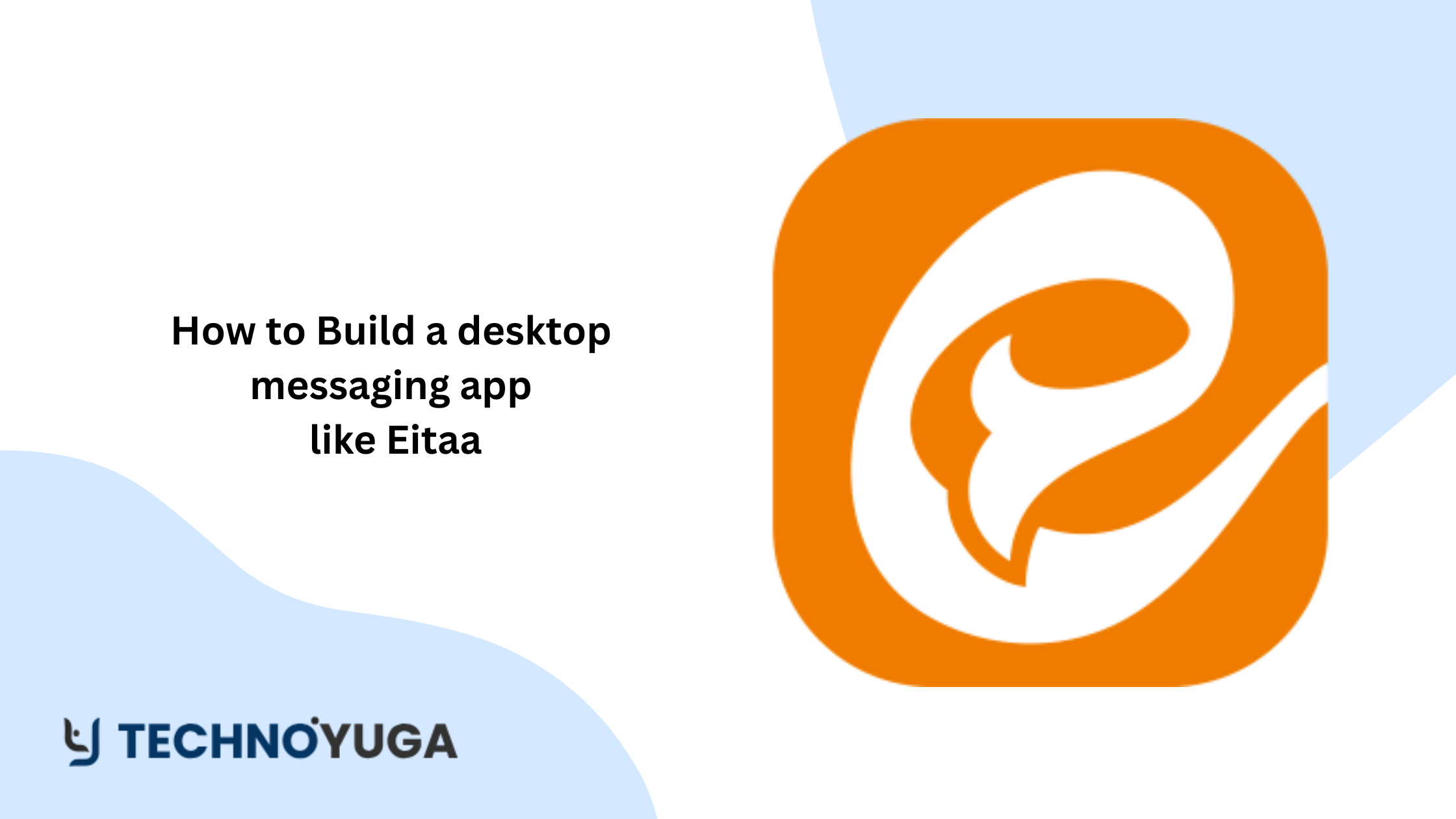Tinder revolutionized the dating app market since its rise to fame through making it rather simplified to find a match through swipe. It has a simple design and its ‘swiping system’ made it the most popular dating application. Therefore, many similar applications were developed in order to achieve the same popularity. The positive experience with Tinder proves that the attractive design of an app incredibly influences the consumers and dramatically changes the industry. And it inspires many to build an app like tinder.
As for everyone who considers developing a dating app like Tinder, knowing the process is essential. Starting from feature development to interface design to proper working of the app, each step is very crucial to the development of the final product. Lacking the understanding of these steps, one can fail to notice some fundamentals that might affect the application’s function as well as functionality.
So read this article to know more about how to build an app like Tinder!
Market Research and Understanding the Audience
First and foremost, before actually considering creating a Tinder like dating app, it is crucial to carry out market research and get to know your potential audience. At the moment, there are countless dating app platforms on the market with different specific focuses. Understanding competition helps to determine which apps are successful and why, as well as what niche your app could potentially conquer. It will also inform you of potential mistakes and how to avoid them as you set your app up for success.
It is equally important to identify your target market. For whom are you creating the app? The information about potential users’ demographics, further activities, and preferences will predetermine the app’s design and features. For instance, first-time users may require a colorful interface with fun gameplay while experienced users may need a secure platform devoid of unauthorized access. Adapting your app in a way that will address the needs of the target audience will enhance its utility and popularity.
It is essential to have good knowledge of significant trends and users’ expectations within the context of online dating. These trends range from the increasing use of video calls to the need for a better approach to matchmaking and may impact your app. Seeing how these trends apply to your target audience and align with what your app offers will allow you to be better prepared for the competition.
Essential Features of an App Like Tinder
User Registration & Profile Creation
The initial process includes registration of any individual in the dating application for example the tinder app. This should be a simple and fast process where existing users should be able to sign in with their email, phone number, or social media accounts such as Facebook or Google. After registration, users create a profile by adding their name, age, gender, photos and a few words about themselves.
There are also some features where users can invite their friends from social networks or answer questions to reveal more about themselves. The purpose is to provide the simplest and fun experience in creating the profile, that the user can dive into browsing through matches immediately. An effective registration and profile creation process is paramount since it is the first time a user will interface the application, and setting the tone right goes a long way in encouraging users to continue using the app.
Location-Based Matching
Another key aspect of the application is the geographical proximity of the individuals to each other. This feature employs the GPS location of the user to determine compatible individuals within a particular distance limit. If users search for people nearby, the chances of interacting physically are high because those are people within close proximity. The feature of matching based on the location also makes the app more engaging as new potential matches appear as the users navigate to different areas.
Including this feature helps in incorporating a strong appeal towards timely and on-demand kind of an interface that users would open regularly. For developers it is in fact important to have accurate and responsive implementation of location services for this feature to be useful. Users should also be able to change the distance settings in order to fit their needs and make the service as comfortable as possible.
Swipe Mechanism
When matching is complete, the users require a platform to interact and hence, real-time chat and messaging come in. This feature enables people to exchange messages for some time thus creating familiarity before deciding to meet personally. The chat interface should be straightforward where users will be notified of new messages sent to the particular forum.
Some of them also allow the use of GIFs, emojis, or even sending voice messages to make chats more dynamic and personal. The concern for the privacy of the chat is paramount because people will be disclosing some of their details. Further, it is crucial for developers to implement intuitive messaging with an emphasis on low latencies, where the message exchange does not interrupt user connections.
Real-Time Chat & Messaging
Communication updates, and particularly the feature called push notifications, will always help to retain consumers’ interest in the app. These notifications can include a new match, a new message or any other update, which can make the user come back to the application. In instances such as a dating app, where users check in daily for new matches, timely and relevant push notifications can have a tremendous impact on usage and engagement.
But, they should not be too much or too few since users may get irritated by the former, and vice versa engagement decreases. Introducing options that let the user choose what type of notifications they want to receive can contribute to the formation of a positive conception and minimize interference. Application creators should also ensure that notifications are well presented and contain enough information to convince the user to open the application though not too much information that would bore them.
Push Notifications
After people have been matched, they want a means through which they can interact, and here, real-time chat and messaging step in. This feature enables people to exchange messages for some time thus creating familiarity before deciding to meet personally. The chat interface should be straightforward where users will be notified of new messages sent to the particular forum.
Some of them also allow the use of GIFs, emojis, or even sending voice messages to make chats more dynamic and personal. The concern for the privacy of the chat is paramount because people will be disclosing some of their details. Furthermore, developers need to pay extra attention to message delivery without interruption and with short time intervals in order to encourage users to keep on interacting and building new relations.
Profile Verification & Security
This is where push notifications come in as arguably the most valuable feature to users of the Apps. Such notifications may be seen as letting users know about new matches, messages, or other updates to content on the app which would make them continue to use the app. In the case of a dating app like Tinder, relevant and timely push notifications can greatly boost user engagement and retention.
But, they should not be too much or too few since users may get irritated by the former, and vice versa engagement decreases. Introducing options that let the user choose what type of notifications they want to receive can contribute to the formation of a positive conception and minimize interference. Application creators should also ensure that notifications are well presented and contain enough information to convince the user to open the application though not too much information that would bore them.
Advanced Features for a Competitive Edge
AI-Based Matchmaking
Applying AI technologies to matchmaking improves the dating process since it is based on the user preferences, behaviors, and interactions. AI is far superior in terms of options and opportunities, as the ability to go beyond the most obvious filters such as age, location, and gender to consider a user’s hobbies, frequency of communication, and previous selection to find the most suitable recommendation for the individual.
This approach is more effective because it increases the probability of creating a match that users will find relevant and therefore the app more interesting and successful. To incorporate AI in the development of an application, developers need to have various user data and complex algorithms, which is a good investment as it offers them a unique selling proposition to provide the users with the best matches.
Video Chat Integration
Integration with video chat brings more value to online dating, as users can talk to each other face to face before the real meeting. This feature exposes the users to each other and allows them to chat allowing them to gauge if they can engage in further interpersonal relationships. Video chats also make communication safer for users who like to get to know their potential partners before planning a face-to-face date. Developers should, therefore, aim at creating easy-to-use video chat services that offer high quality of videos, fast connection speeds, and security measures. Ensuring that the video chat is featured in your app will help to meet the increasing need for more intimate and exclusive interactions within the dating niche.
Social Media Integration & Sharing
The integration of social networks enables users to synchronously connect their dating profiles with other platforms, such as Instagram or Facebook, by providing more detailed information about users, including extra pictures, common interests, and acquaintances. This feature assists the users in presenting a well-balanced profile and identity, thus cementing additional trust between the users.
Furthermore, there are options to share some dating experience or, for example, meeting via social network accounts can attract more people to the application. It has to be simple, intuitive, and easy to use; however, it should not be intrusive and should offer a good user experience that fosters engagement with the social media platforms.
Event and Group Matching
Event and group matching characteristics that link individuals who have similar interests or are going to be at similar events makes the application more organic for finding new individuals. This could be considered convenient for users who like interacting in a group rather than in the one-on-one mode. By recommending various events, activities or interest group meetings in the user’s locality, the feature can help the user get involved and interact with others.
Developers should therefore ensure that they come up with an easily understandable interface that is able to combine the event listings and group activities. It also allows your app to provide features for such users interested in dating experiences that are more decentralized and based around communities.
Personalized User Experience
It allows for a better design where users are provided with an environment that is tailored to their specific data, which helps to make each interaction unique. This can range from showing users suggested matches, notifications based on preferences, and other UI elements which change depending on the user’s usage of the app. Personalization can make the user feel more attached to the application and can help them to stay longer on the app.
For developers, personalization is about gathering and making analysis of users’ information to be able to provide the targeted content and product recommendations. Personalization allows an application to engage with clients and provide them with solutions that are unique to their needs, which will grant it an advantage within a saturated marketplace.
Choosing the Right Tech Stack
Frontend Technologies
Frontend technologies are commonly used to refer to the tools and frameworks used in creating the interface through which app users interact with your application. Some other frontend technologies include HTML5, CSS, and JavaScript, and such frameworks as React or Angular.
These tools assist in the development of a responsive, great to look at, and easy to use interface.
The frontend decision determines the app’s appearance, its responsive behavior, and capabilities on different platforms. Frontend technologies are essential to handling users, and choosing the correct one or a blend of those is essential for developers. The aim is to make the app as user-friendly as possible for primary navigation because it greatly affects the user satisfaction.
Backend Technologies
Backend technologies control the server-side operations of your app like data handling, user request processing, and coordinating with the frontend and database. These backend technologies can be anything from Python, Ruby, or Node and so on. js, and frameworks such as Django or Express. js. These tools assist in managing the application aspects that include logic, security, and performance. Selecting the right backend technology is pivotal to create a strong and sustainable application base that can easily manage high traffic and multiple features. It dictates how your app should be implemented to make it perform optimally and be scalable enough in the future.
Database Options
Database enables the management of application data such as users, messages, and match history of the users. There are two main types of databases: SQL and NoSQL, including MySQL, PostgreSQL, MongoDB, and Cassandra. The SQL databases are rigid and perform well when there are too many queries, while the NoSQL databases are more mobile and better for the large data. The choice depends on the app’s requirements—SQL may be more fitting for user information, while NoSQL is more suitable for real-time data. This means that a well-selected database stored securely and retrievable in the shortest time possible proved beneficial to the app’s overall performance.
APIs and Integrations
APIs or Application Programming Interfaces enable your app to interact with other services and platforms to support features such as social sharing, purchase, and location. API integration makes the work easier because developers can use existing technologies as opposed to making everything from scratch. For example, incorporating Google Maps API can also integrate location-based matching in your app. The selection and integration of the right APIs can greatly boost the performance and value of your application. APIs also make it easy for your application to grow to fit the latest technologies and trends within the market.
Cloud Hosting Solutions
Cloud hosting services form the platform to host your app online which includes storage means, computation and network support. Major cloud hosting platforms are AWS, Google Cloud, and Microsoft Azure. Cloud hosting services offer flexibility as one can always add or subtract a number of resources depending on the current user traffic or demand. Moreover, cloud providers provide several security measures and data backup services that can help you. Selecting the right cloud hosting solution guarantees your application availability, performance, and security is optimal attainable regardless of the user location or the device used to access it.
Design and User Experience
UI/UX Best Practices
The elements included in the best practices of UI/UX design are aimed at the most enjoyable forms of interaction possible. This covers factors such as a clear layout of controls coupled with soft- buttons in locations that make users have the feeling that they always belong there. This is something common – this way the icons, fonts, and layouts are easily recognizable and clients are less likely to encounter difficulties using the app. Another important factor is usability; the application must be accessible to people with physical or mental disabilities. Application of the UI/UX best practices enable the developers of an application to develop an application that is easy to use therefore improving user satisfaction and loyalty. The overall user experience is what sets a great app from a bad one and user satisfaction from dissatisfaction.
Prototyping and Wireframing
Prototyping and wireframing are two techniques that developers follow which defines the layout and features of the app prior to creating the application. Wireframes give a rough idea of the app layout so one can see where buttons, menus, and images are going to be positioned. Effective prototypes go a step further by emulating the app interaction capability.
This enables developers and stakeholders to see and touch the working model of the app. They are very useful in that they help to prevent problems from developing in the first place which can save much time and effort in the end. When working with wireframes and prototypes, developers discover how a given product should be arranged and the expectations that the end user should have when they are using it.
Color Schemes and Branding
The use of color and branding in the application is essential in setting the tone and perception of the users towards the application. When selecting color, it’s important to make sure that it is in the right look and feel for the brand and its target users. For instance, saturated and vibrant shades would be perfect for a playful and simple dating application, while softer colors suit a business-oriented social media site.
Transitioning various elements of the app with the same color scheme brings continuity to the application and keeps the brand on lock. Furthermore, color choices must be wary of accessibility standards, making it easy for people to read texts and elements. Certain aspects of the design like colors and branding should be chosen in a proper way that would capture user attention and help people recognize the app.
User Testing and Feedback
Feedback analysis and testing are crucial here to make sure it corresponds to the users’ expectations and needs. It helps developers to understand how the app works and find out about the problems the users are experiencing. This involves the process of monitoring and analyzing user’s activities while using the app, and gathering real users’ feedback and using the information gathered to make improvements where necessary.
Making user testing sessions a routine throughout the development process results in a more refined and user-friendly application. Considering users’ opinions does not only enhance the application but also provide them immediate feedback that their voices are valued, thus they will be more loyal and satisfied.
Development Process
Planning and Setting Milestones
The life cycle of the product starts with both careful planning and defining goals and objectives that have to be achieved in the process. This involves identifying the objectives of the application, the features it will have, and the time of completion of the project.
Milestones serve as signposts that arrow the direction that the project should be taking, thus assisting in the achievement of timely progress. One advantage of dividing the project into phases is that one is able to track progress, notice problems, and make corrections at an early stage. It is important to have overall control over the project plan and to set up events in advance and coordinate all the parties to the desired outcome.
Agile Development Methodology
Agile development can be defined as an efficient and non-linear strategy of constructing software. What should have been launched at once is given in segments and in the form of a frame known as ‘sprints’. Sprints are especially helpful to create specific features or aspects of the project and incorporate testing and feedback into the processes.
Moreover, agile methodology facilitates teamwork and flexibility where one can be in a position to address changes or additional requirements as they come along the process of the project. This way we can be sure that the result will be adjusted to users’ needs and market requirements, thus having a more polished and, therefore, successful application.
Collaborating with a Development Team
A development team is a critical component of any app development project and hence it is important to work closely with them. Transparency and having meetings to go over each and every detail will make it easier to make sure that both the designers and developers, project managers as well as the other stakeholders all have the same understanding.
Messaging platforms such as Slack, Jira or Trello enable the management of tasks, exchanging of updates or tackling issues as they occur. Promoting cooperation ensures that more members of the team are involved with addressing the problems and sharing ideas with other members. This collaboration is necessary when developing an extraordinary app for the customer that should be delivered on time with the best features and within the financial resources available.
Testing and Quality Assurance
It is crucial to perform tests and QA to guarantee proper work and meet users’ expectations in case of using the app. This process includes identifying defects, user interface problems, and performance bottlenecks on various devices and operating systems. Functional, usability and security testing are conducted by QA teams to guarantee that all problems have been addressed prior to the release of the app. Testing should be done all the time during development phases so that the impact of a fault at the final stages is minimized. In order to achieve a high quality app that will be well-received by the users, one ought to prioritize testing and quality assurance.
Launching the App
Preparing for Launch
Series of steps that have to be taken before the application is released to the public include polishing up features, coding, and debugging. Other significant steps involve determination of launch date, development of business and marketing communication, and customer support. This stage is about making the app user-ready and getting it in a state where it is ready to be used. Developers should also come up with a simple landing page or a website to capture peoples’ interest as well as early adopters before the actual launch.
App Store Optimization (ASO)
App Store Optimization (ASO) is the activity aimed at the promotion of the application in app stores, such as Google Play and Apple App Store. It includes selecting the proper keywords, designing an engaging app icon, captivating description, and utilizing professional screenshots or videos. It is a great way to boost the hit rate of your app and, consequently, download rates among potential users. Many experts have observed that a good app listing can contribute a lot to the success of an app.
Marketing and Promotion Strategies
Marketing and promotion are essential in ensuring you get the right users to download your app. These can be through posting on social media platforms, engaging with key opinion leaders, sharing content, and even placing paid advertisements. It is important to achieve the maximum amount of shares, retweets and gets, to spread the information about your app among the targeted audience. Employing a number of promotional styles in digital marketing way goes a long way in enhancing visibility and call for the downloads. Continual promotion prior to and after the launch ensures the app is constantly on the minds of potential users.
Gathering User Feedback Post-Launch
It is necessary to collect user feedback after the launch of your app for its effective enhancement. Consumers will have ideas of what appeals to them and what requires change after the product has been launched. Ask them to write a review, complete a questionnaire, or share feedback through call-to-action pop-ups. It is helpful for assessing problems, deciding on further improvements, or upgrading the features users interact with most often. Updating the app on the back of feedback obtained from the clients depicts that the developers are keen and ready to offer more and better experience.
Cost to Build an App Like Tinder
| Development Stage | Estimated Cost Range | Description |
| Market Research & Planning | $5,000 – $10,000 | Initial research, competitor analysis, and project planning. |
| UI/UX Design | $10,000 – $20,000 | Designing the app’s interface and user experience. |
| App Development | $50,000 – $150,000 | Core development of the app for both iOS and Android platforms, including front-end and back-end development. |
| Backend Development | $20,000 -$60,000 | Setting up servers, databases, and APIs to support the app’s functionality. |
| AI-Based Matchmaking Integration | $10,000 -$30,000 | Implementing AI algorithms for personalized matchmaking. |
| Real-Time Chat & Messaging | $10,000 – $20,000 | Developing secure and responsive chat features. |
| Video Chat Integration | $15,000 – $40,000 | Adding video chat functionality to the app. |
| Profile Verification & Security | $5,000 – $15,000 | Implementing verification processes and security measures. |
| Testing & Quality Assurance | $10,000 – $30,000 | Rigorous testing to ensure the app is bug-free and performs well. |
| App Store Deployment | $3,000 – $8,000 | Preparing the app for submission and deployment in app stores. |
| Marketing & Promotion | $10,000 – $50,000 | Initial marketing efforts to promote the app post-launch. |
| Maintenance & Updates | $5,000 – $15,000 (per month) | Ongoing updates, bug fixes, and feature enhancements post-launch. |
Total Estimated Cost: $138,000 – $448,000 (initial development)
Conclusion
Developing an app such as Tinder is a fun and dynamic process Nevertheless, it also poses certain risks and difficulties. It is a complex process that entails extensive research on the market and a focus on achieving the best result with little to no interruptions in the process. Every single object, where user registration, AI-based matchmaking, etc., are aimed at exerting tremendous influence on the app’s effectiveness. In that way, one can design an app which is not only unique but also offers all the necessary and additional options which are interesting for the current user of online dating services. Marketing specific to this category is also important, along with app store optimization at predetermined launch times and subsequent updates based on the received feedback.
